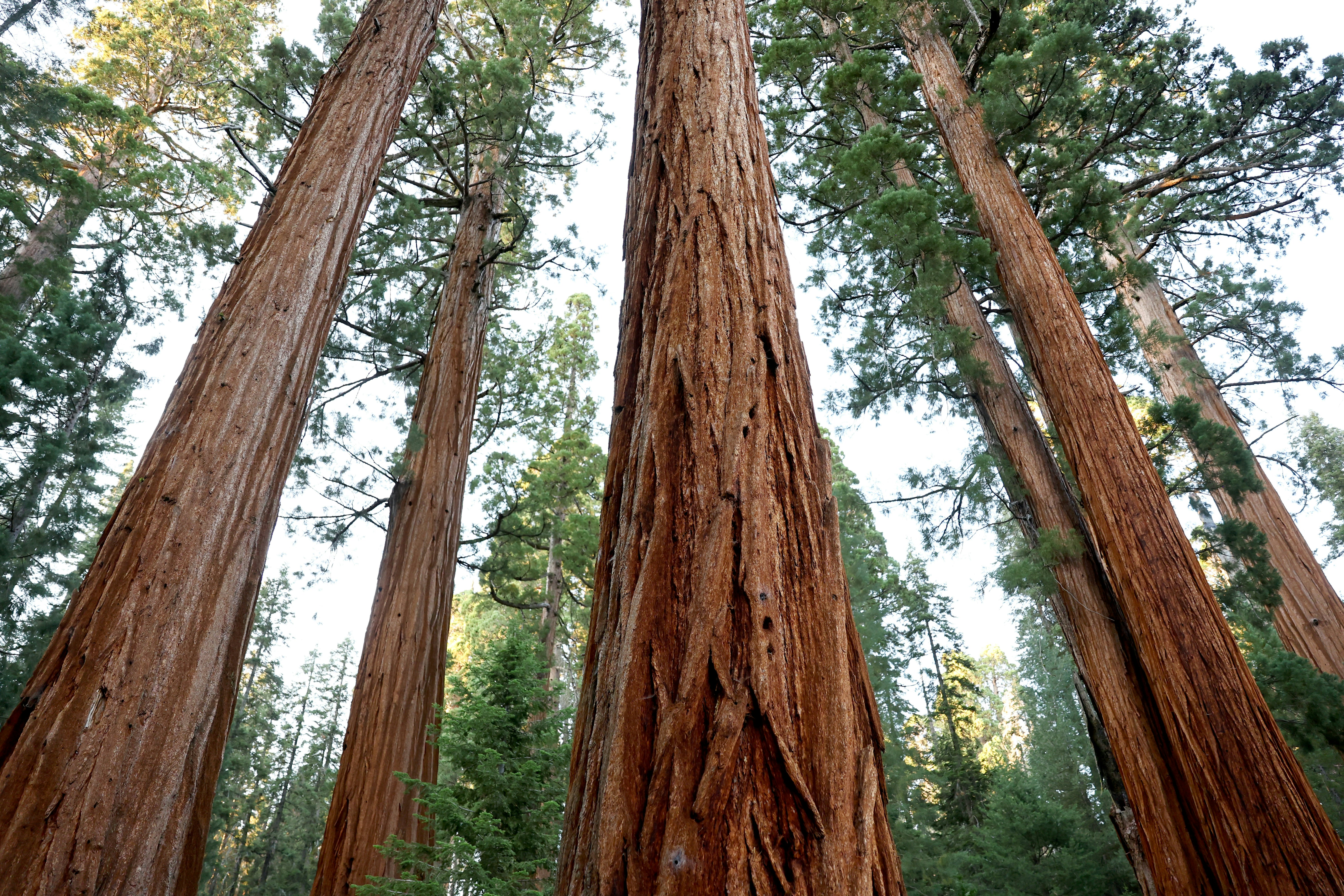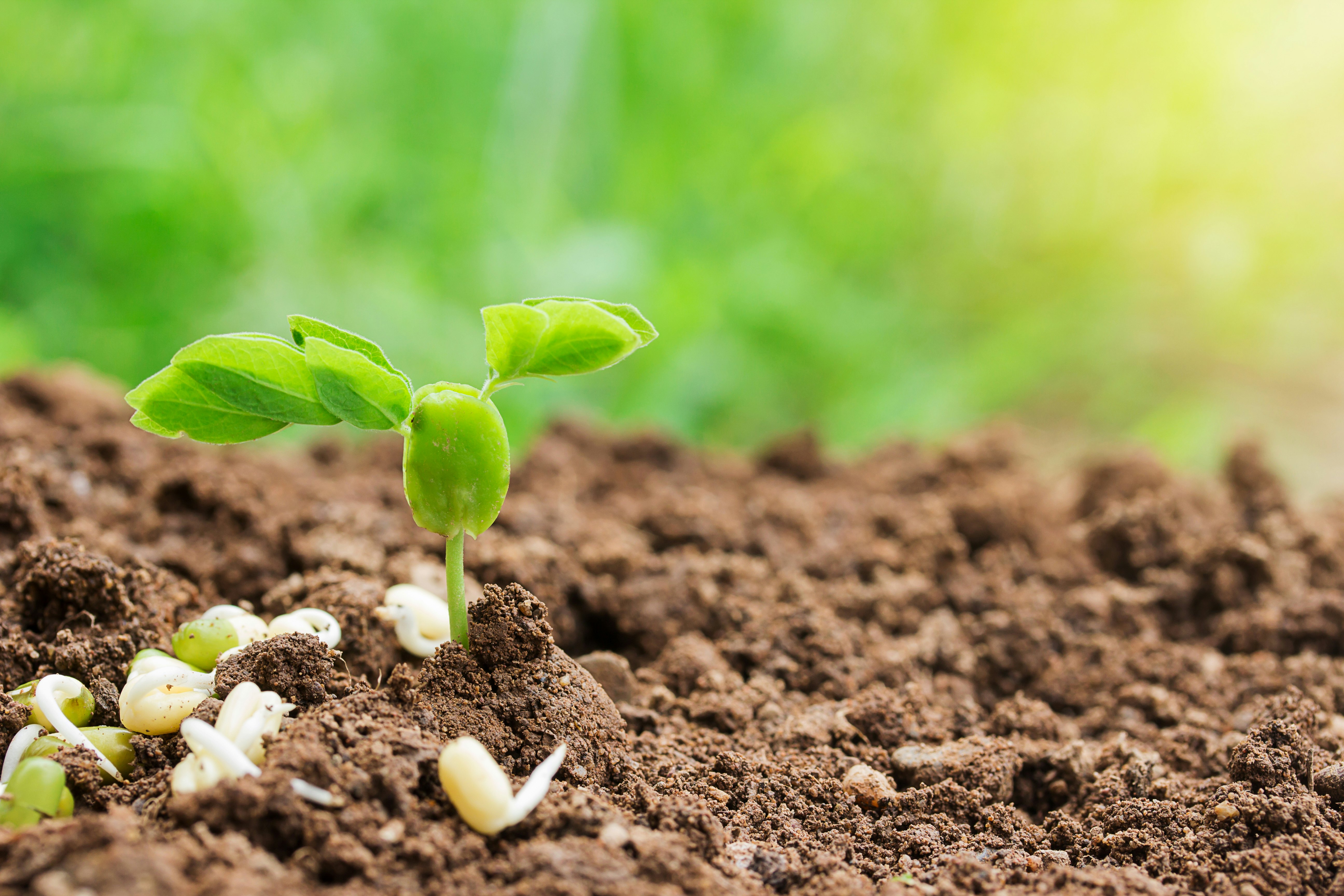
Ask any first grader what a tree looks like, and they’ll draw a characteristic closed, scalloped shape suspended with two parallel lines extending downward. But ask a tree expert, or dendrologist, and they’ll have a lot more trouble defining a tree.
“It’s more like a philosophical concept,” Murphy Westwood, director of global tree conservation at The Morton Arboretum in Lisle, Illinois, tells Inverse.
The first complete global tree database defines a tree as “a woody plant with usually a single stem growing to a height of at least two meters, or if multi-stemmed, then at least one vertical stem five centimeters in diameter at breast height.”
The biological definition of a tree is crucial when it comes to tracking the world’s roughly 60,000 tree species for risk of extinction. Too rigid a definition and some ailing trees may get left out. Westwood tells Inverse that the U.S. has two assessment platforms for trees: the International Union for Conservation of Nature and Natural Resources (IUCN) Red List and NatureServe. The Red List, she says, was greatly lacking, while NatureServe had a good deal of information, but was out of date.
A new survey published on August 22 in the journal Plants Planet People seeks to widen and consolidate information on both these lists. The survey, on which Westwood is a senior author, includes more than 800 native tree species in the contiguous U.S. This new dataset serves to consolidate comprehensive, timely information on the continental U.S.’s trees so that ecologists of all stripes may help conserve them.

What’s new — This survey consolidates data on 881 tree species native to the continental U.S. As many as 16 percent of tree species surveyed are threatened with extinction. Most commonly, pests like the emerald ash borer and diseases, pose a menace.
This survey goes “above and beyond,” Paul Rogers, an biogeographer at Utah State University, tells Inverse. This “long overdue” compilation takes a comprehensive look at the prevalent threats to each species.
“They’re mapping the ranges and the threats of the species so that we can intelligently approach them as we do contingency modeling and experiments to see where things will thrive and where they won’t,” he says.
Scott Baker, arborist and founder of consulting firm Tree Solutions in Seattle, emphasizes trees are “much more important than just a source of toilet paper, or books, or anything else.” Such a comprehensive list safeguards their conservation in and of themselves, and not as future commodities.
Why it matters — We learn from a young age that trees give us life in the form of fruit, shelter, and oxygen. They’re wonderful carbon sinks and promote an environment’s health while attracting and sustaining life. If ecologists can’t keep track of our trees, we’re much more likely to lose them altogether.
“We had several species that aren’t protected in botanic gardens or seed banks,” Westwood tells Inverse. “We have no insurance policy against extinction for 17 of these threatened species ... which is concerning, because if these threatened species are wiped out in the wild, we have no backup for that.” She estimates an additional 25 that aren’t threatened also lack this backup plan.
In the process of this survey, Westwood and her team even found that one type of oak tree, Quercus tardifolia, thought extinct, still stands tall in Texas. She says the last recorded Q. tardifolia died in the 1990s, but on their fourth expedition with San Antonio Botanic Garden, they found one such oak in the wild.
Digging into the details — Tantamount to the importance of planting trees is the importance of not planting them — or rather, knowing where and when not to plant them. There are right and wrong ways to plant a tree. Some ecosystems, like grasslands in the Great Plains states, aren’t meant to support forests.
“We err in not understanding how to plant them properly,” Baker says. Oftentimes, he says, one will plant “the wrong tree in the wrong spot,” like wanting to plant leafy green trees in Arizona. Westwood echoes the sentiment and goes a step further. “There needs to be the right tree in the right place with the right care,” she says. She underscores that the right care best comes from both ecological and cultural knowledge of these trees and the land, which is what makes indigenous groups such experts in regional care.
Baker speaks to how critical deliberate tree planting is. During Hurricane Sandy in 2012, for instance, many trees in Manhattan’s southwestern Battery Park City survived because they “can take the occasional drenching with salt water.”
Rogers agrees with Baker and Westwood. “Planting inappropriate species in the wrong places is not good for the tree or the environment,” he says. However, transplanting trees to new climes can sometimes be part of the conservation effort, even if the experiment fails.
Still, planting trees at all isn’t a net good. Rogers points out organizations that celebrate planting one million trees may be well-intentioned, but don’t have a long-term view, focusing too much on tallying up numbers isn’t best. “We do a lot of that in our society, bean counting,” he says. “Sometimes it’s the wrong bean.”
What’s next — Much like acorns and pinecones, these data are meant to be spread far and wide to propagate thought, action, and results.
“We want people to dive deeper, to use it to maximize whatever conservation goals it can be helpful for,” Westwood says. These data are a downloadable spreadsheet that everyone from amateur naturalists to seasoned ecologists can filter and explore. Anyone can use it to identify all threatened tree species in their state or county.
Rogers has a draft of this vision. “It’s the kind of thing that almost begs for us to refine it,” he says, taking careful consideration for what each region needs. In mountainous Utah, where Rogers resides and teaches, he would want to analyze each species’ tolerance for elevation to find which ones would thrive in warmer systems, including his specialty, the quaking Aspen. This research could help us visualize a future after climate change’s serious effects.
This list’s true value pays out in the long term. Best practice, Westwood says, is to update these surveys every 10 years, after which they’re essentially obsolete.
"If we come back to this 10 years from now," Westwood says, will there be changes to what is threatening specific tree species? "Then [the data] becomes even more powerful."







